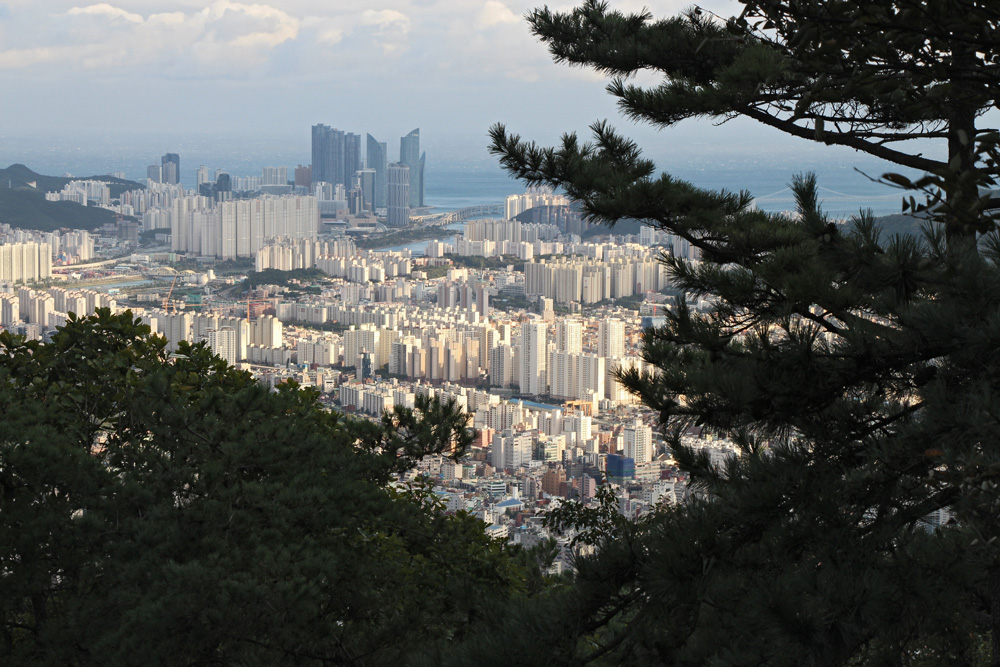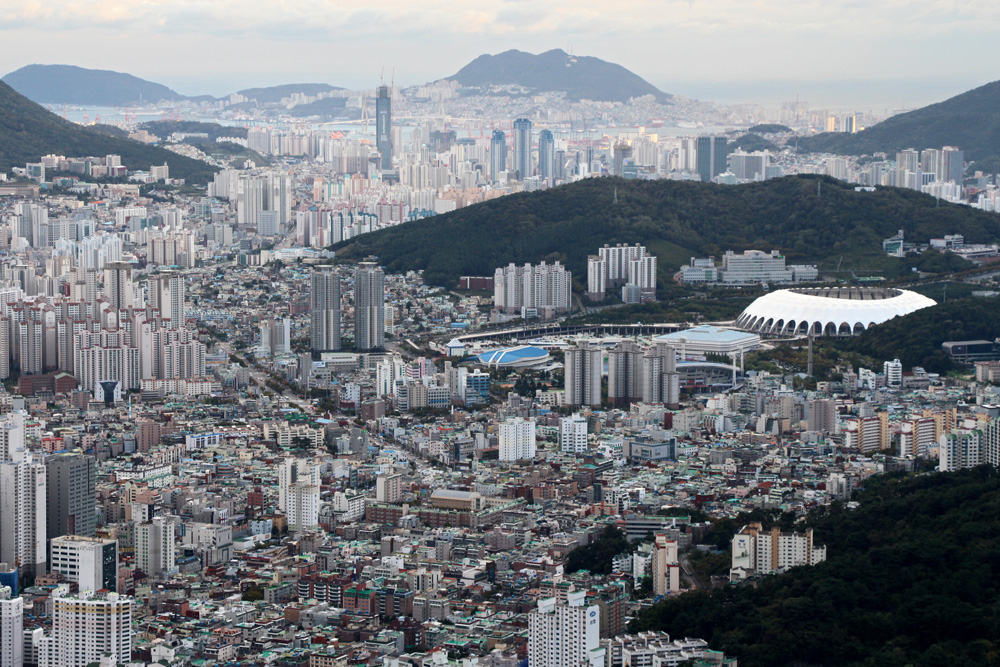

Jens Van Den Bergh
Wolseong Park. Tumuli in the city center.
Gyeongju was capital of the ancient kingdom of Shilla (1st century BC - 935 AD),
eventually managing to re-unite the Korean lands.
Hundreds of burial mounds of the Shilla royalty and high nobility have been preserved in the area
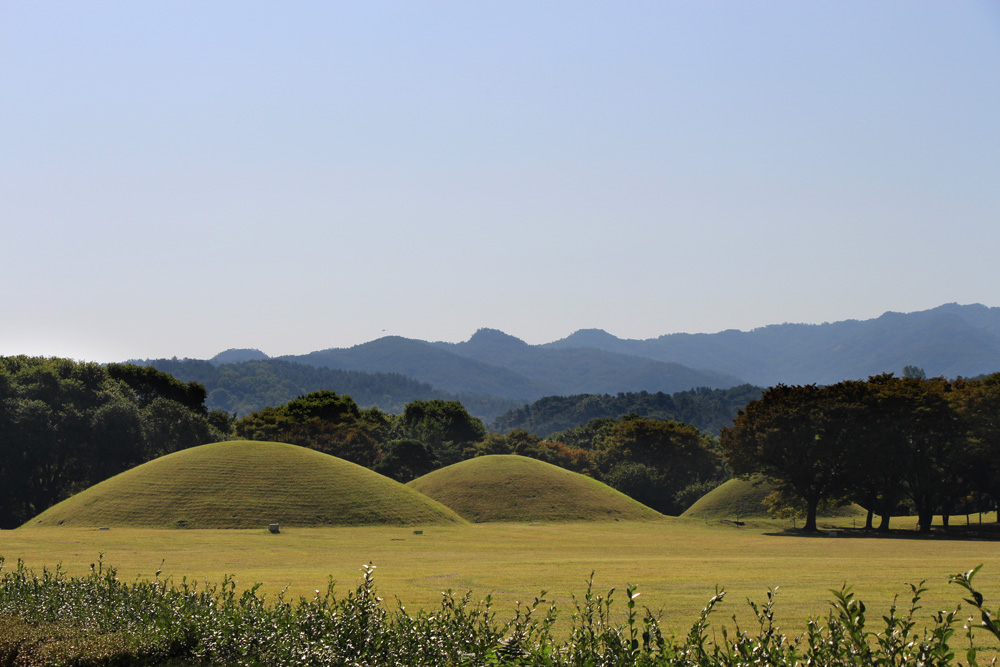
Late night gymnastics in Nodong-ri

Kites in Wolseong Park
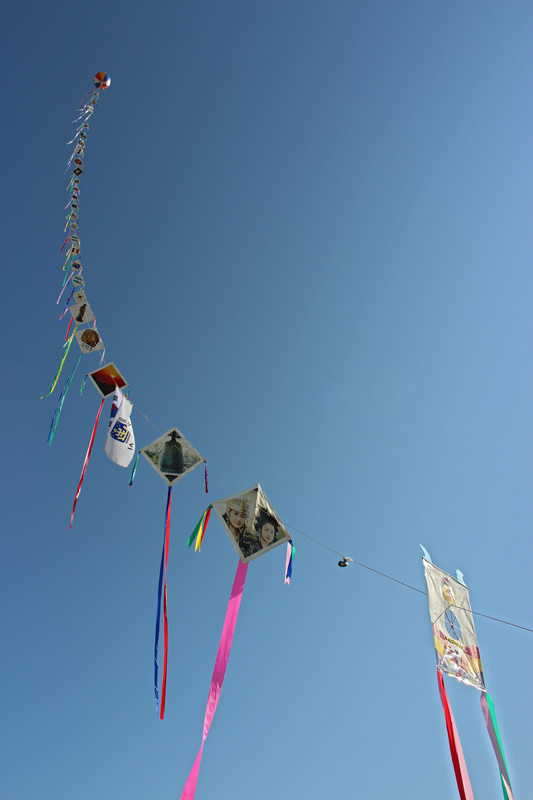
Downtown Gyeongju. When Europe was going through its darkest age around
the 6th-7th century Gyeongju thrived and was one of the largest cities in the world. Now it is a peaceful prvincial town.
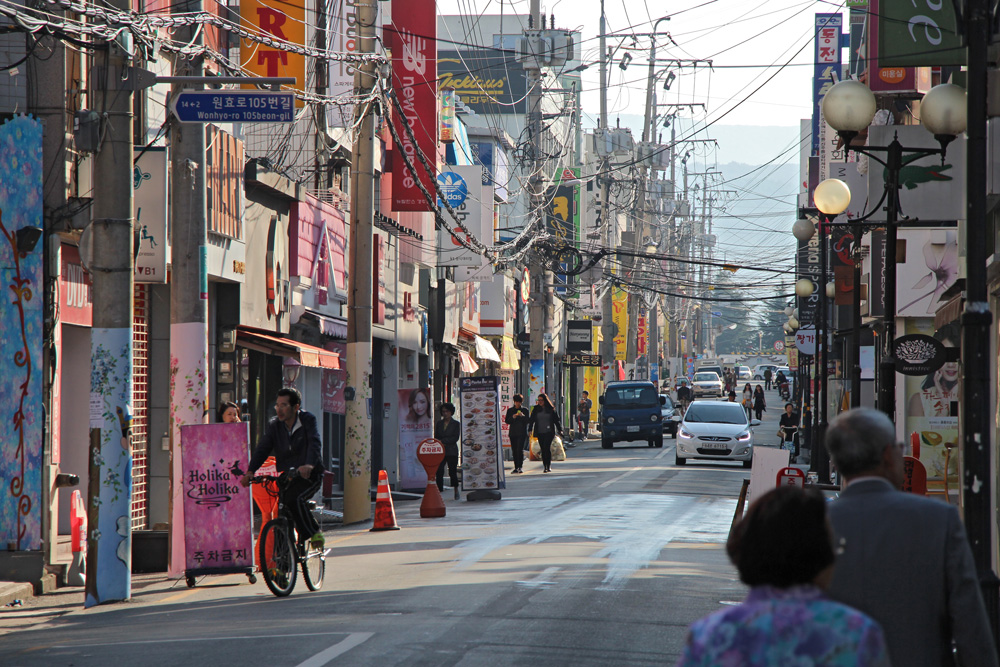
Gyeongju marathon
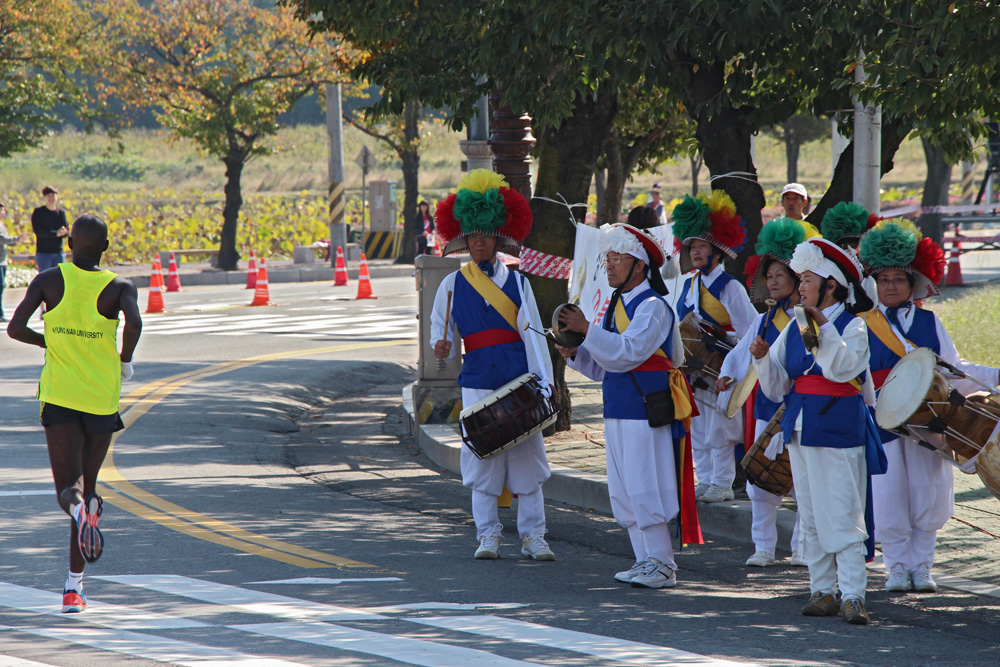
Bulguksa Temple

Turtles at Bulguksa

Bulguksa Temple

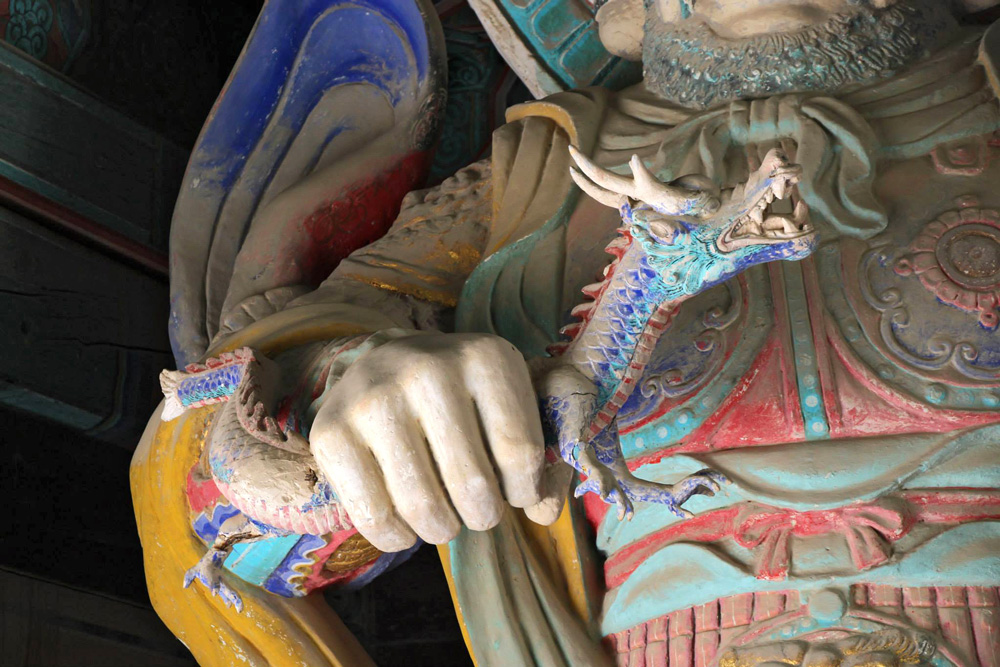
Anapji - garden & pond were originally built by King Munmu in the 7th century, just after the reunification of the Korean peninsula
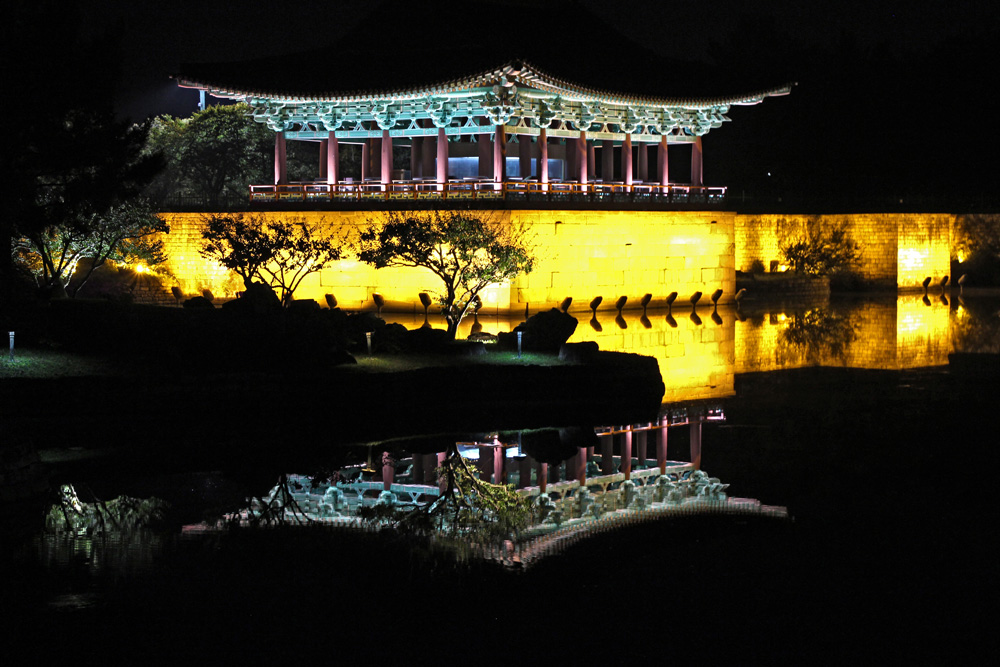


Reflection in Anapji pond upside-down, with rock

Anapji
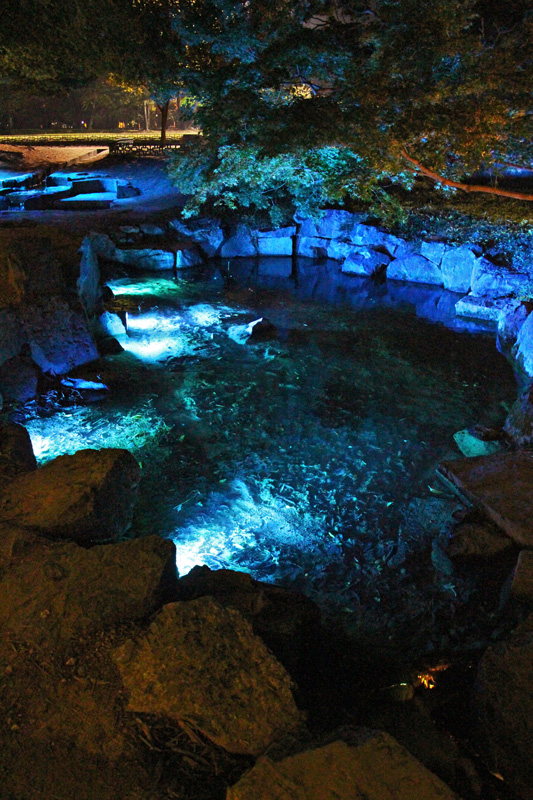
Jung-gu — in Busan, South Korea

In Busan, South-Korea
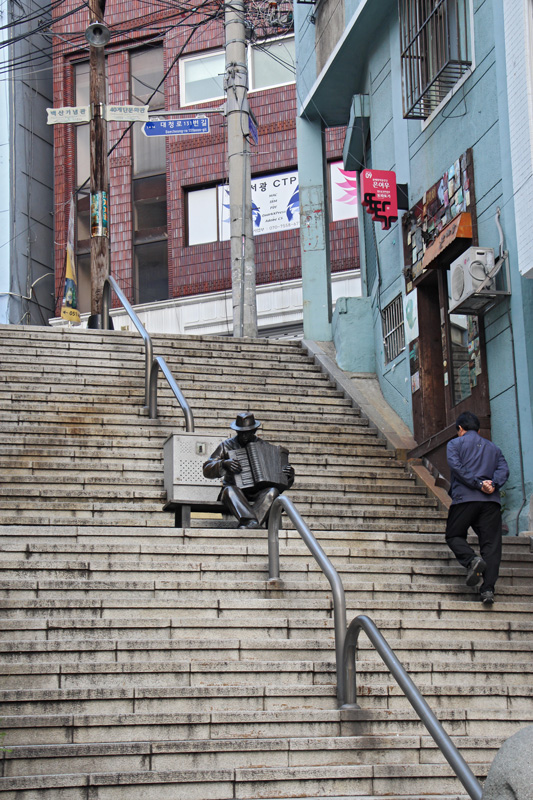

Jagalchi fish market
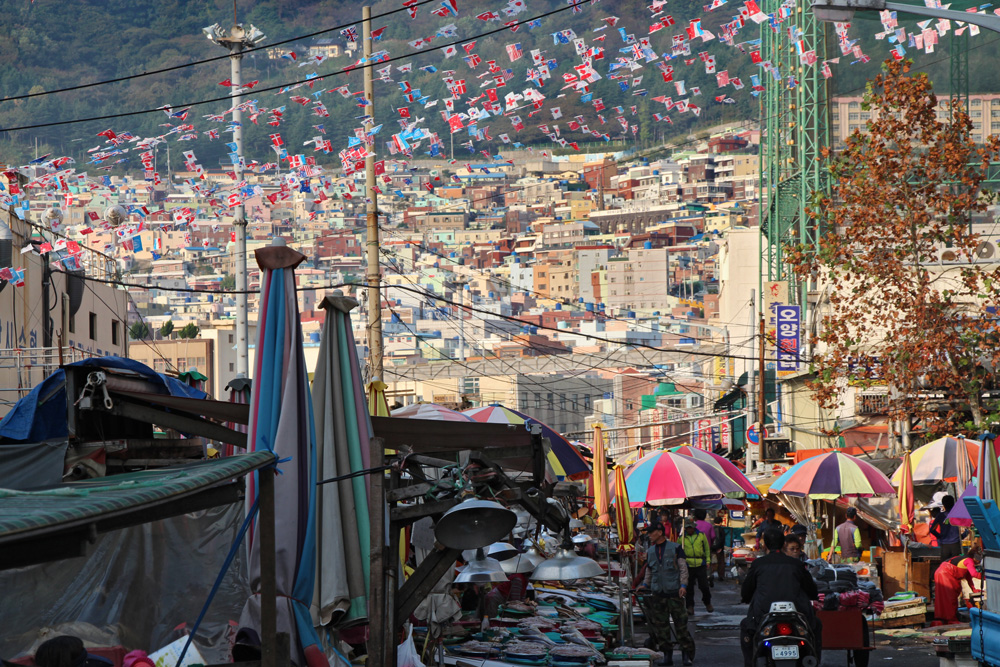

Gamcheon. A good illustration of the changes of fortune South Koreans have witnessed at lightning speed over the past few decades.
This part of town saw its beginnings in the early '50s as a slum as war refugees from other parts of the peninsula flocked
to the relative safety in the area around Busan. They built what they thought would be temporary shacksbut as the years went by the temporary solution
became permanent - a shanty town as in other third world countries (for an idea how it looked like a few decades ago.
By the 70's South Korea's economy started developing at breakneck speedfollowed by a democratic transition in the '80s.
Meanwhile slums everywhere in the country's main cities disappeared to be replaced by apartment blocks.
Gamcheon somehow survived as artists stepped in, started moving to the area and gave Gamcheon some new fresh air.

...turning it into an "art village" whilst still preserving some of the "homeness" atmosphere more contemporary areas in town might lack

Gamcheon
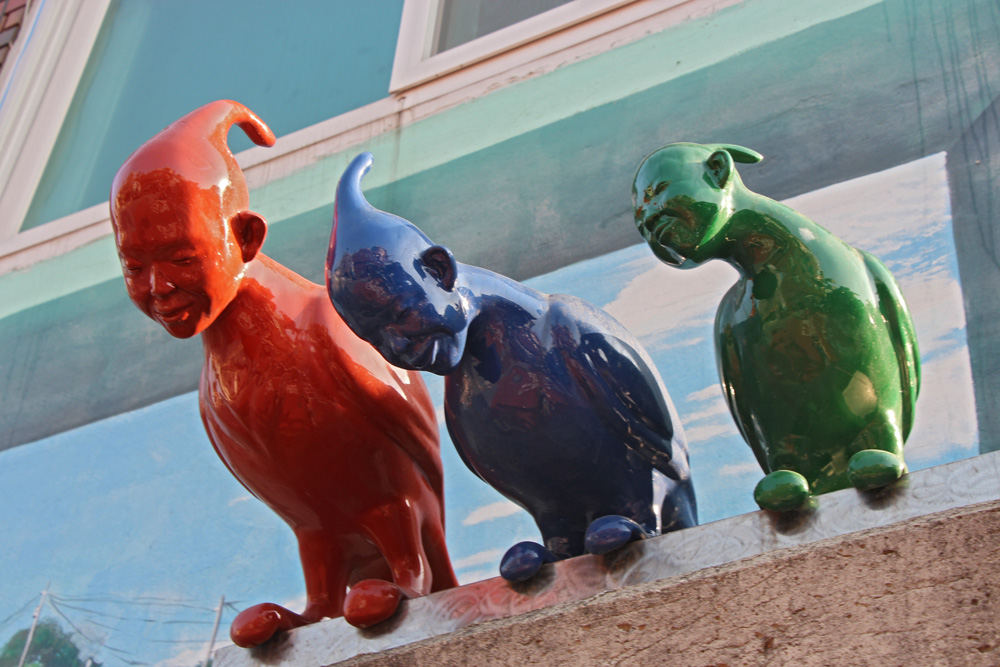

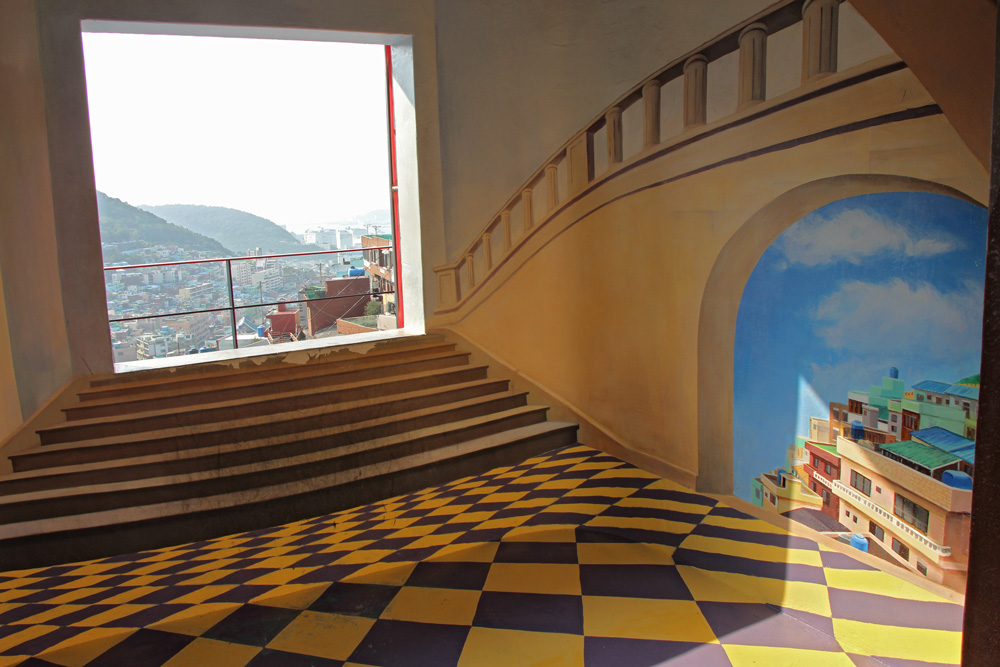
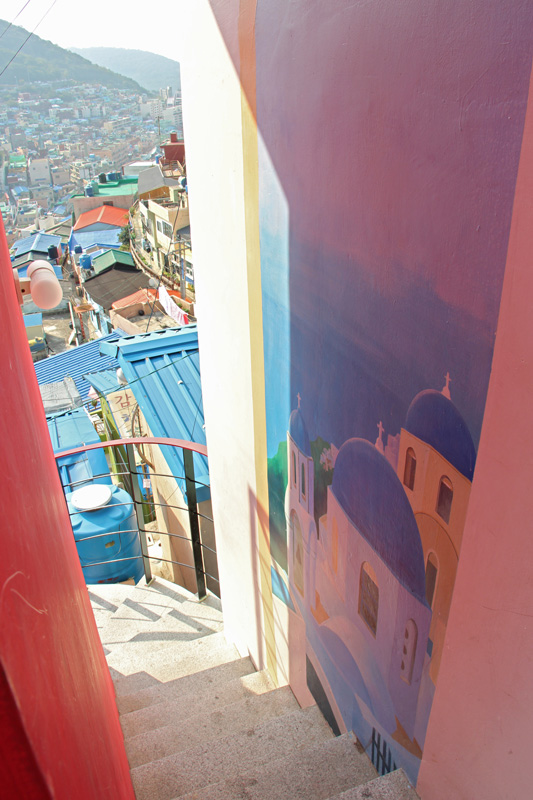
To make things easy for orientation - the house in the form of a cup is a coffee house. Gamcheon
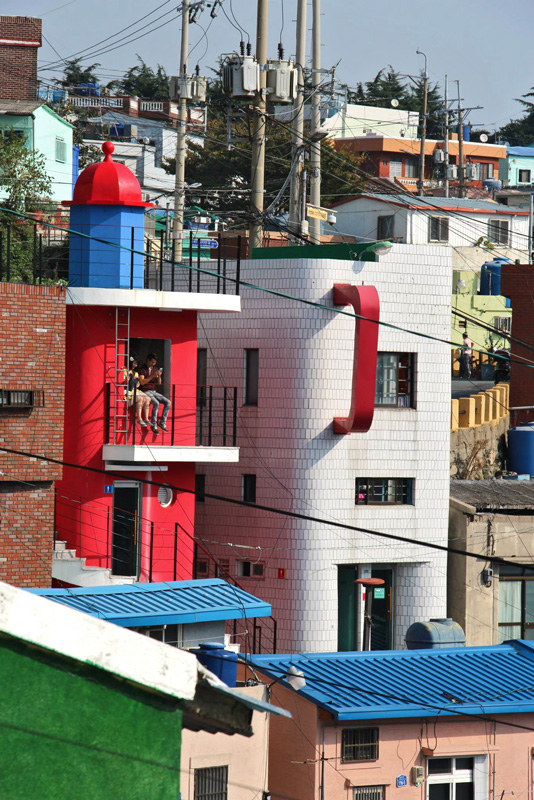

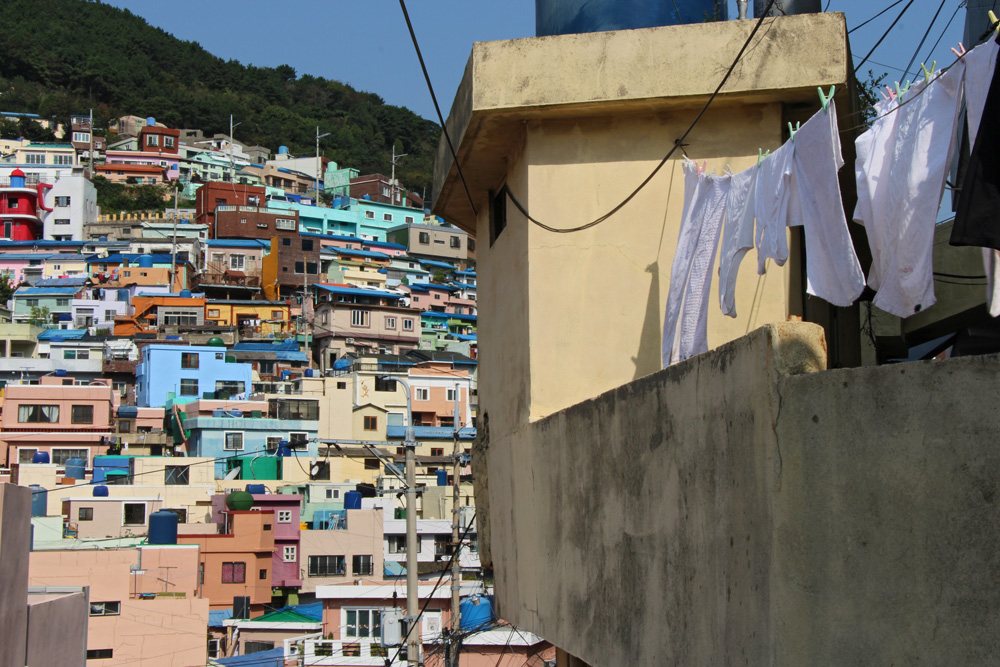
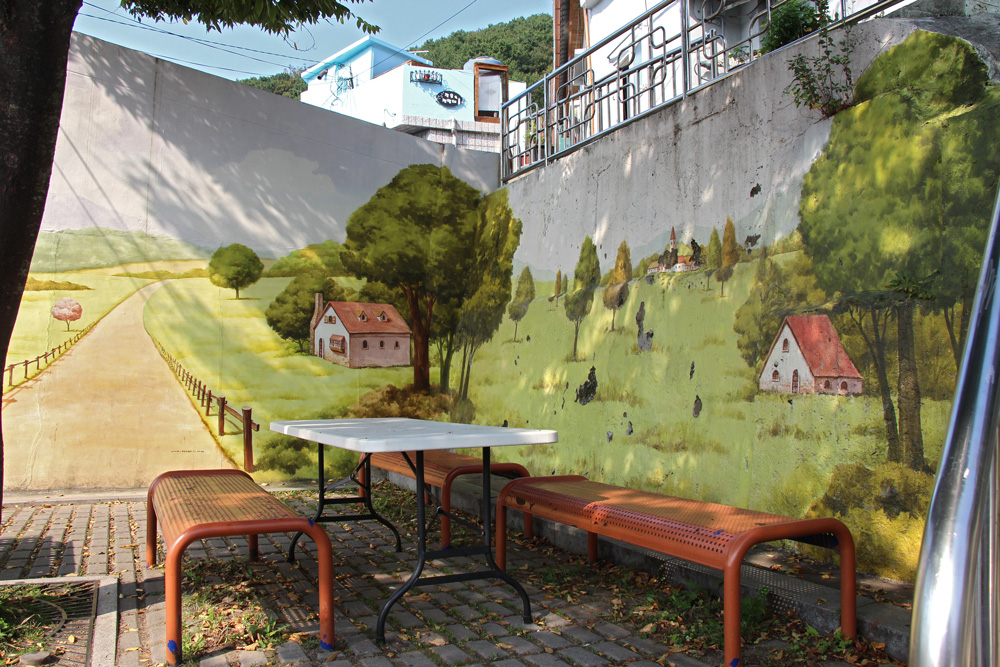

Towards Haeundae
